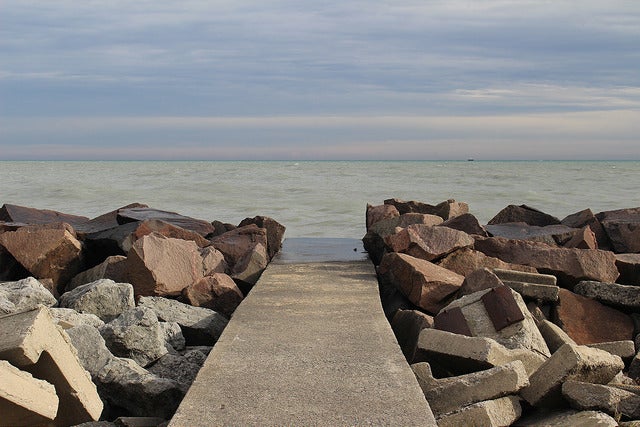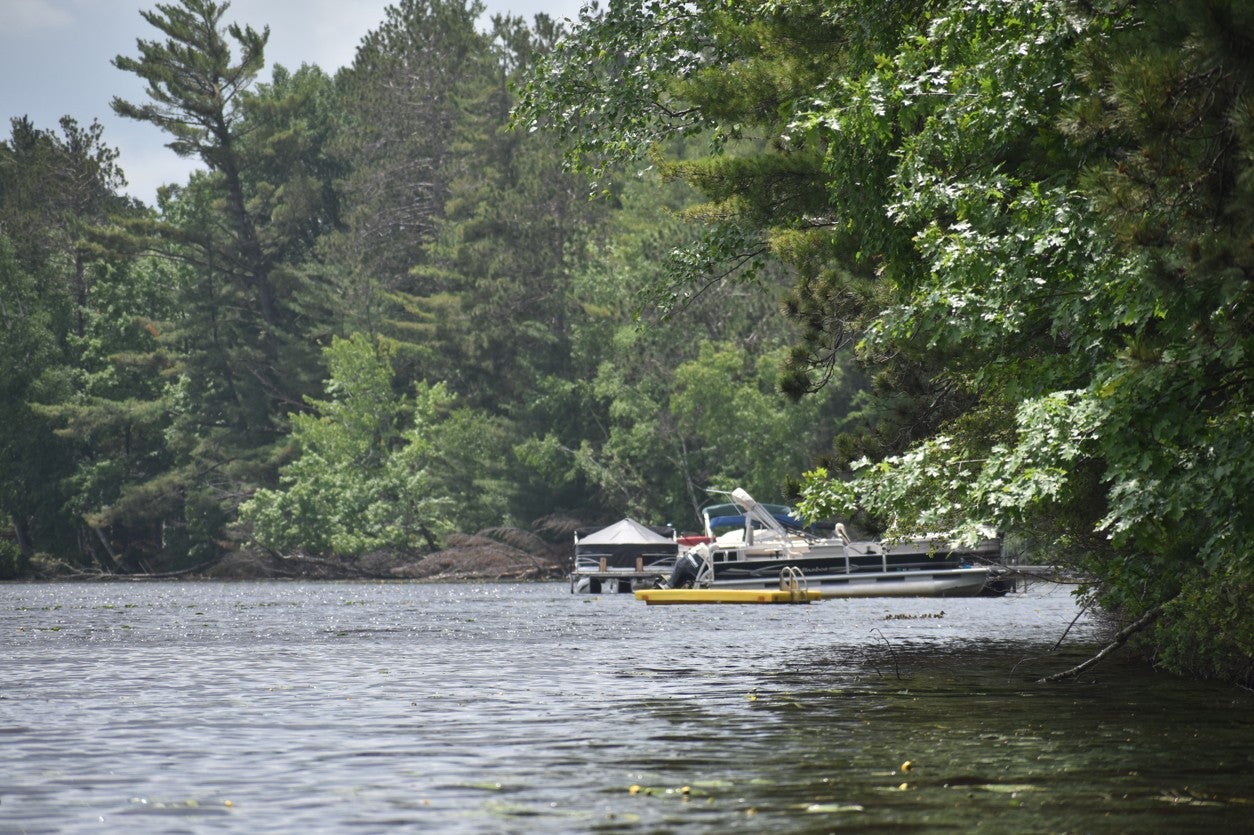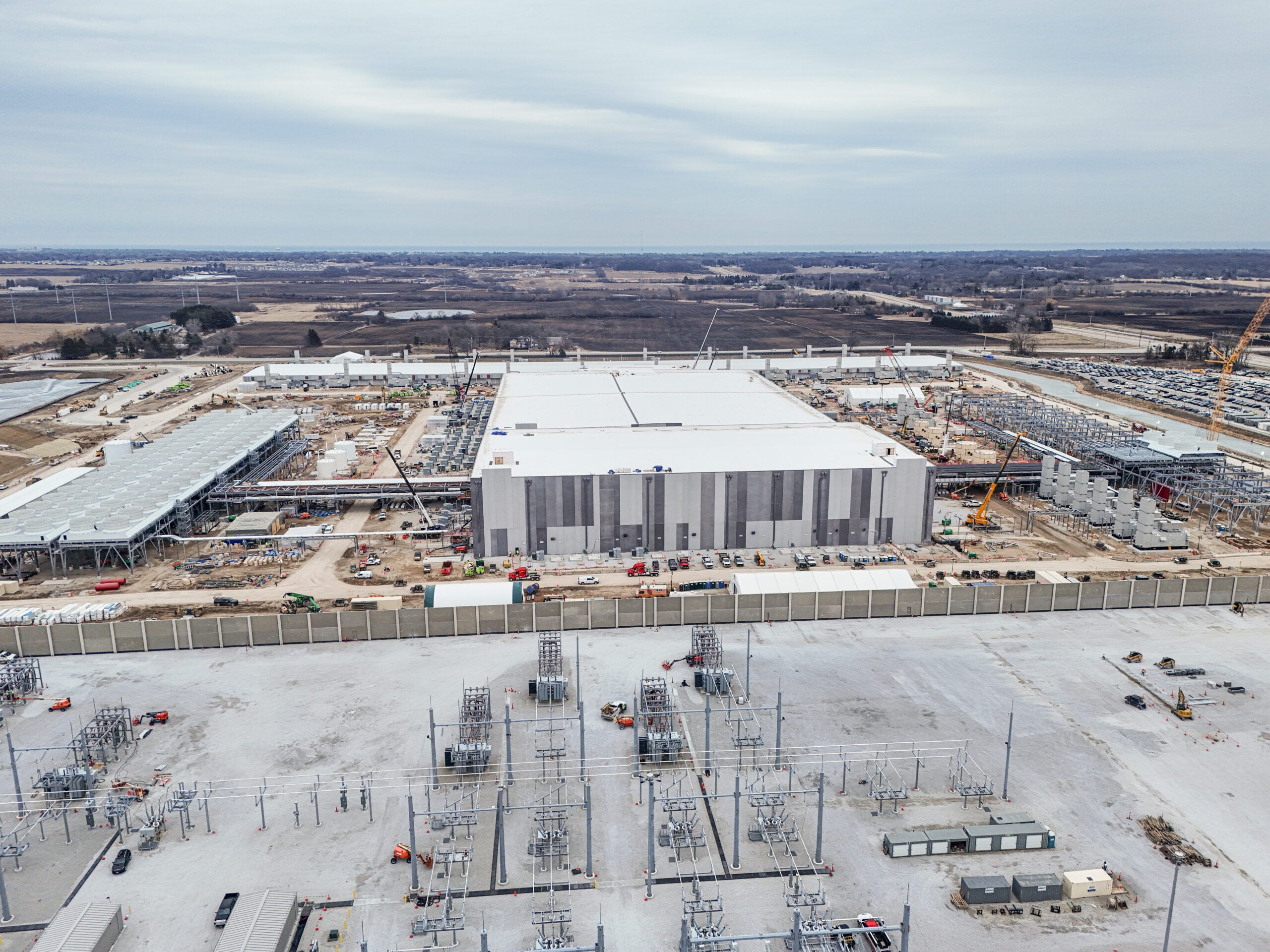Utility company We Energies wants to increase the amount of mercury it can release into Lake Michigan from its coal-burning power plant in Oak Creek.
The Wisconsin Department of Natural Resources held a public hearing earlier this week to discuss the proposal, drawing more than 100 people opposing the plan.
We Energies spokesman Brendan Conway said the new limits wouldn’t cause a health risk to humans or wildlife.
News with a little more humanity
WPR’s “Wisconsin Today” newsletter keeps you connected to the state you love without feeling overwhelmed. No paywall. No agenda. No corporate filter.
“We are not asking to be asked to be treated differently than anyone else along the lake,” Conway said. “Other permitees along Lake Michigan have received similar or higher mercury variances. People should also understand this variance we are talking about is allowed by the EPA and the DNR so this is not an imminent public health risk.”
The proposal would allow We Energies to dispose up to 4.1 parts per trillion of mercury into Lake Michigan on any given day. That is about three times more than the 1.3 parts per trillion that is considered safe for wildlife. The dense, 75-page draft permit has been available on the DNR’s website since December.
We Energies has averaged 1.26 parts per trillion over the last five years. Before the request, the amount of mercury We Energies was emitting into the lake was low enough to not require water quality standards, said Jason Knutson, a wastewater section chief with the DNR.
“We realize the data has crept up, so this has triggered the need for the limit,” Knutson said. “So, We Energies applied for the variance.”
State records show monthly maximum figures have gone from 1.2 parts per trillion between 2005 to 2008 to 2 parts per trillion from 2012 to 2018. Both the DNR and We Energies said they don’t believe the company will dispose of 4.1 parts per trillion more than once or twice per year.
“Mercury is a difficult pollutant, there is no way to sugar coat it,” Knutson said. “Based on our experience, we are not aware of any treatment technology that is able to achieve the 1.3 parts per trillion water quality standards. Faced with that, we ask ourselves what is the best way to realize reductions to improve wastewater quality.”
The DNR has granted variances for other wastewater plants along Lake Michigan, including plants in Kenosha, Racine and the Milwaukee Metropolitan Sewage District on Jones Island, just south of downtown Milwaukee.
By comparison, those plants have variances for 3.0; 5.8 and 6.4 parts per trillion per day, Knutson said.
Plants that are granted variances are required to develop a pollutant minimization plan. Statewide, 86 percent of mercury variances have demonstrated downward trends in mercury levels, Knutson said.
Milwaukee County Supervisor Steven Shea was one of about 150 attendees at Monday’s meeting in Oak Creek. Shea lives in Cudahy, located just north of Oak Creek, also along Lake Michigan. He said We Energies should be working on a way to move away from fossil fuels to renewable energy.
“We Energies wants to dump more coal ash into Lake Michigan and here everyone uses Lake Michigan for drinking water,” Shea said. “It’s impossible, no matter how good the filtration system is to get all the mercury out. It’s just an outrage and a scandal.”
The DNR is still accepting comments on the proposed permit through Feb. 18.
Knutson said the information gathered at Monday’s meeting was valuable and will be taken into consideration.
“Once we have all the information, we will consider the full spectrum of concern and make a determination if there are any changes necessary in the permits,” Knutson said.
Wisconsin Public Radio, © Copyright 2025, Board of Regents of the University of Wisconsin System and Wisconsin Educational Communications Board.







